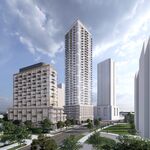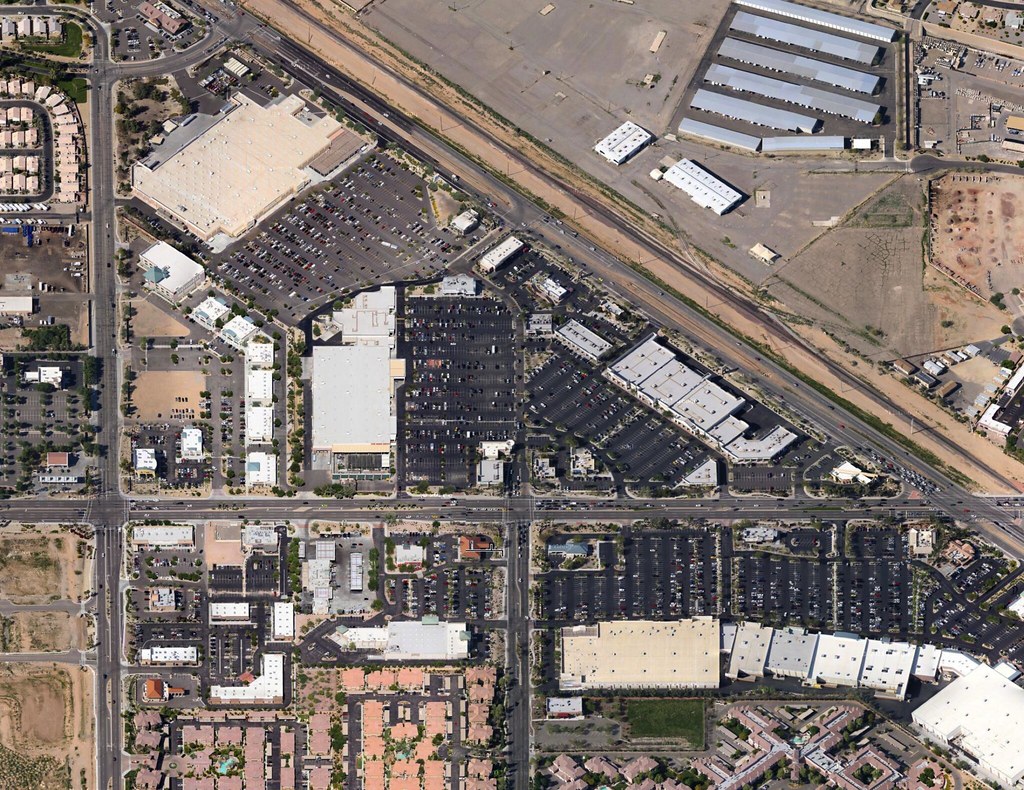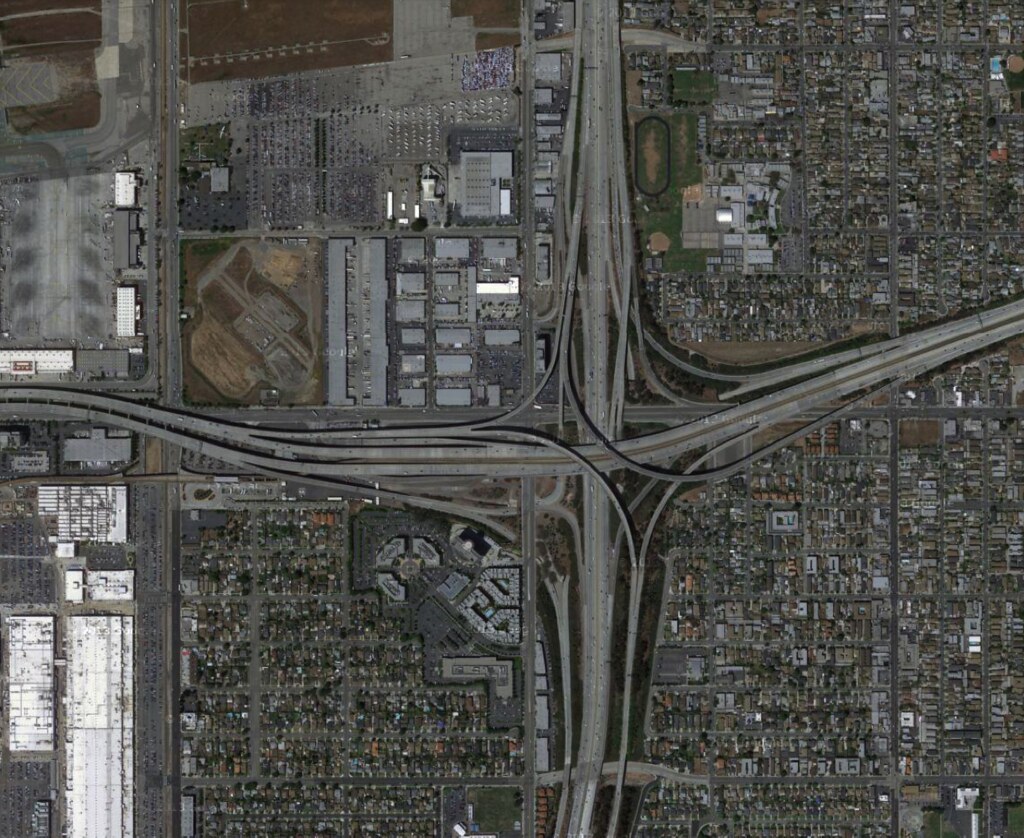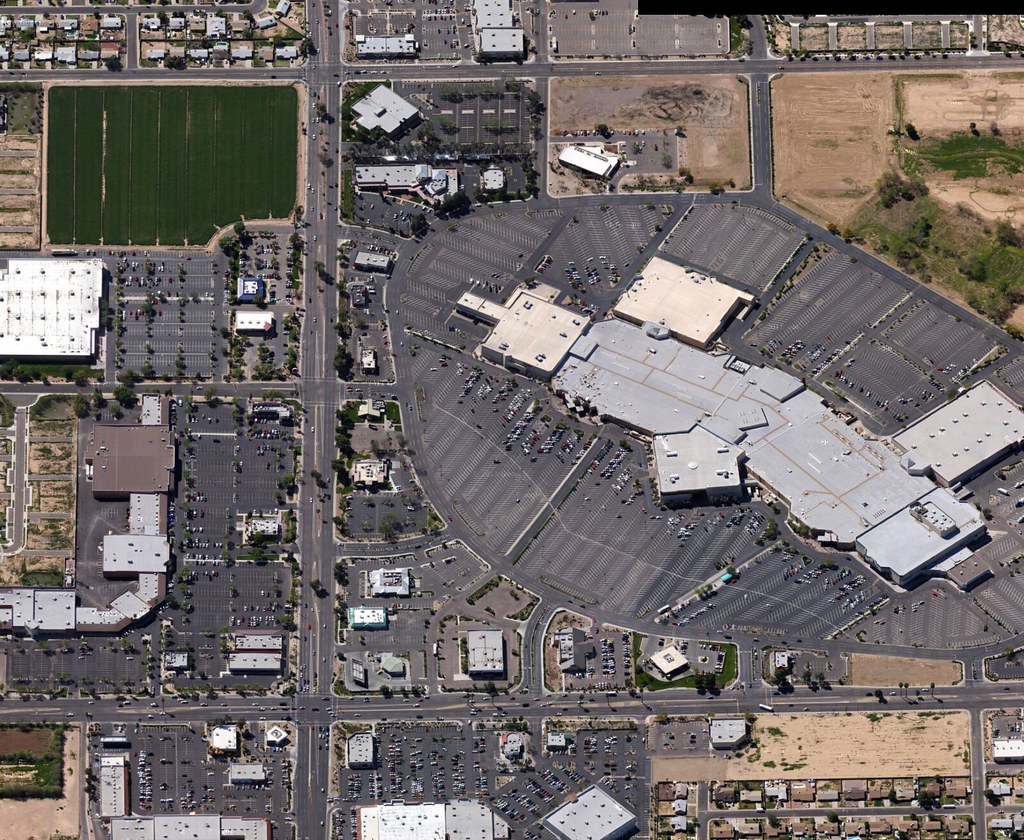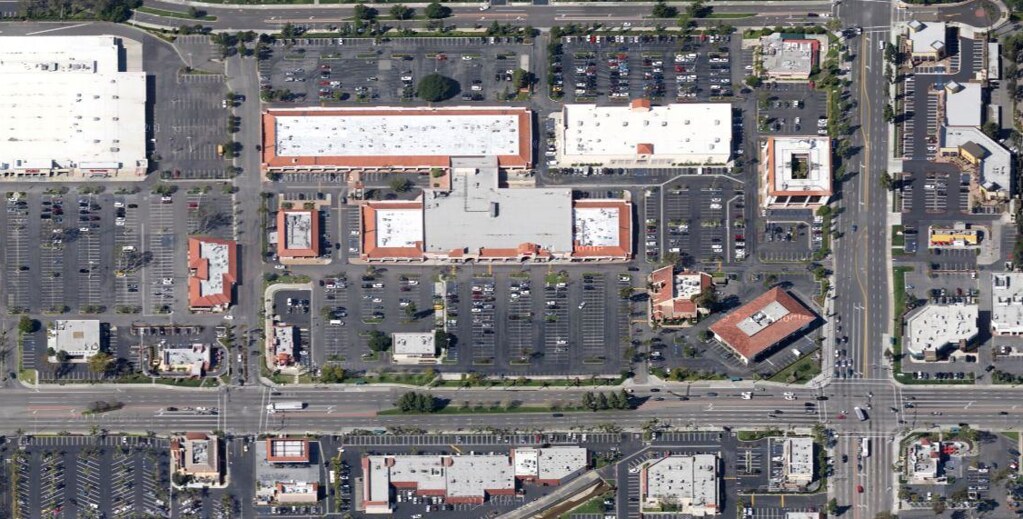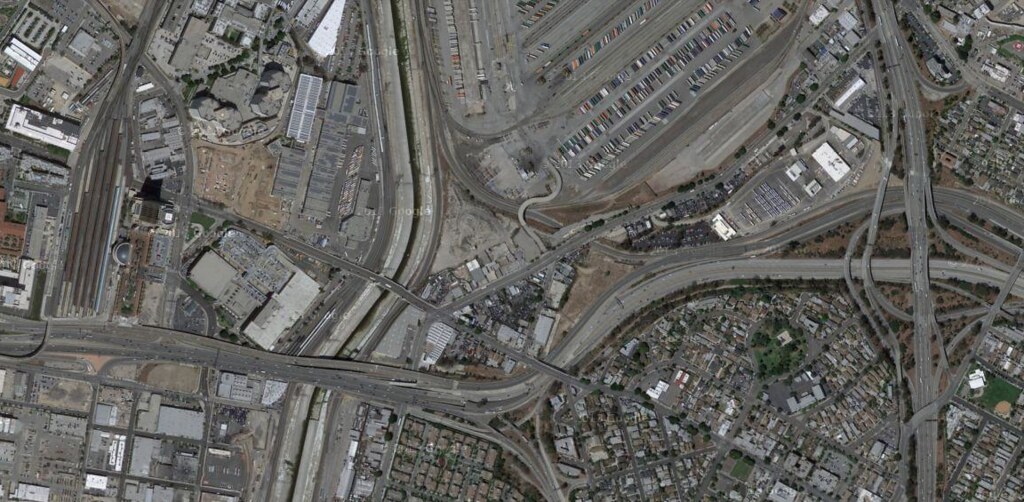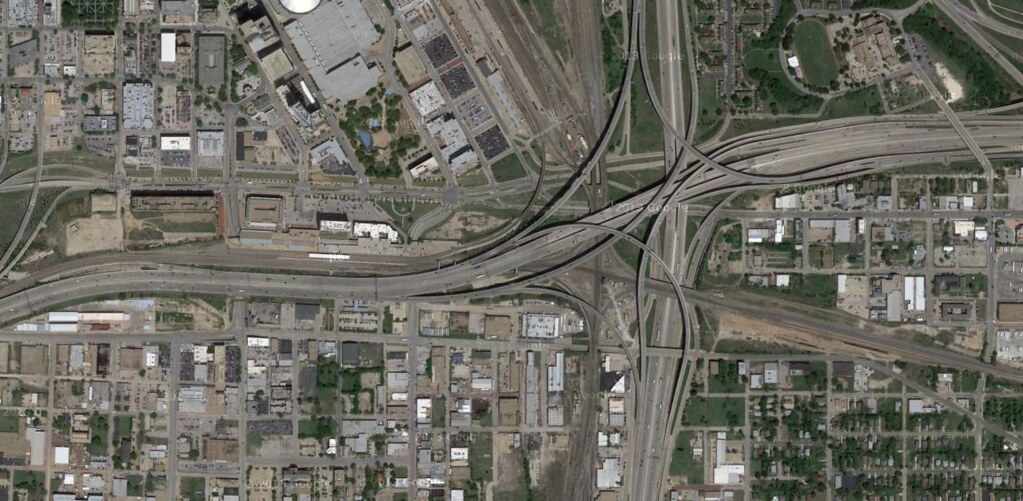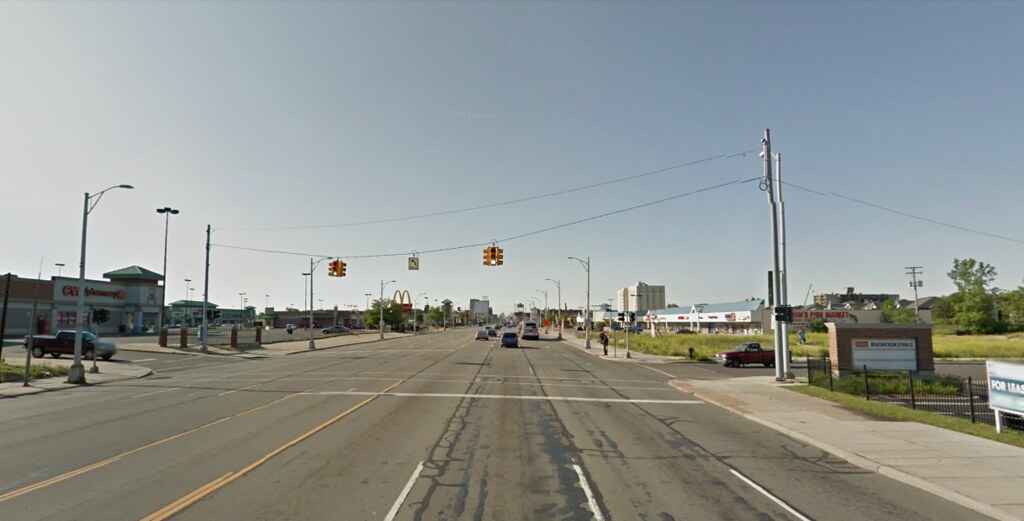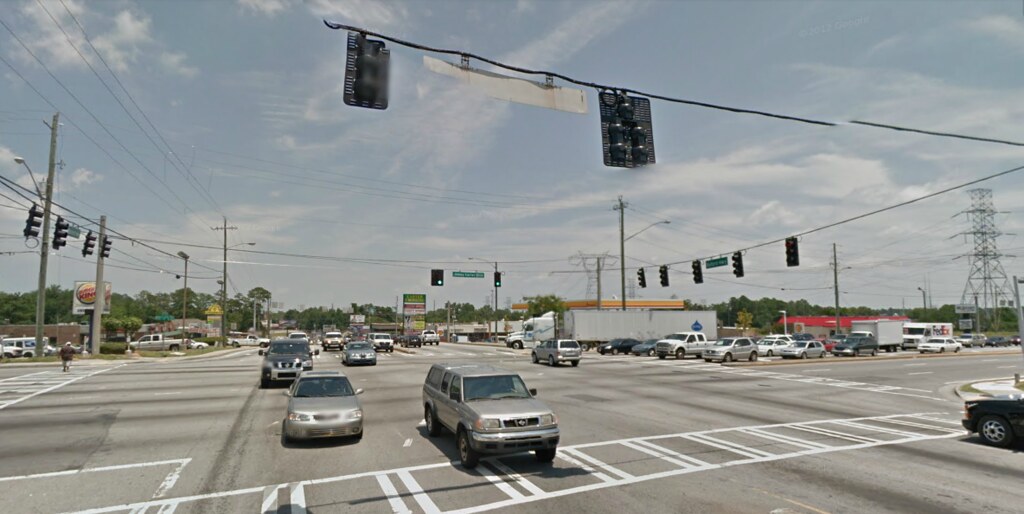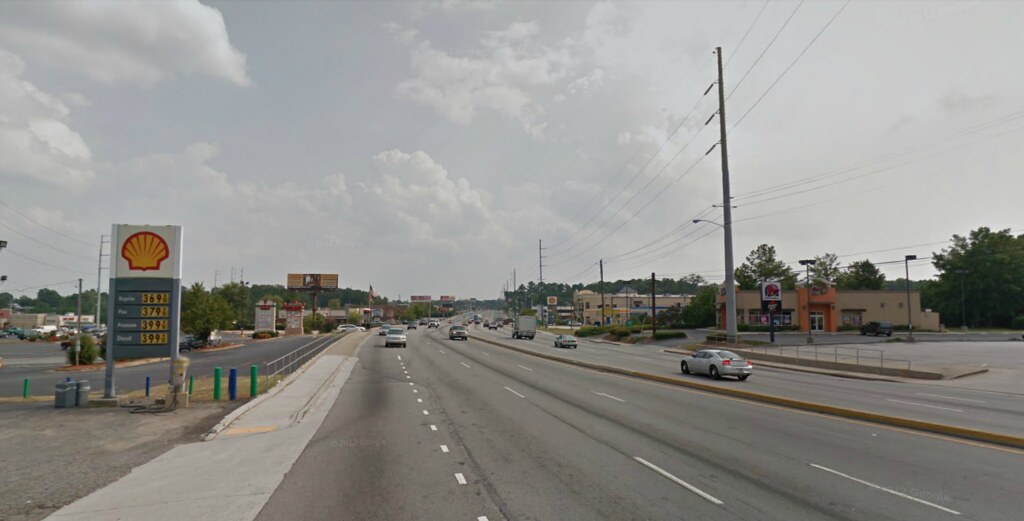howl
Active Member
I think there are a number of other factors that have affected development patterns in these particular cities:
First is the timing of the development. I suspect the comparative development in London predates the development in Toronto and Atlanta by a few decades, which affects the standard and expectations of the home buyers. National and regional standard and expectations also have to be considered.
Second is land cost - I suspect that land is comparatively much cheaper in Atlanta which results in larger lots.
Third is the scale of the development - developments in Toronto tends to be very large (100's of units) compared to Atlanta (dozens of units) - which is primarily a function of land ownership laws and economic conditions.This affects the connectedness and internal structure of each neighbourhood. While I don't know for sure I get the impression that London's development tended to be on the smaller scale.
Lastly, and this has been mentioned, is the transportation network. Land development patterns are driven by the transportation network in place at the time of construction. Atlanta's MARTA rail system was not constructed until the 1980's, well after the suburban land use patterns had been established. Toronto's TTC and GO Transit rail systems both predated the majority of the suburbs they served so that impacted the form of development in those areas, even though transit was always secondary to the automobile. London's suburbs were always built primarily as commuter rail neighbourhoods.
First is the timing of the development. I suspect the comparative development in London predates the development in Toronto and Atlanta by a few decades, which affects the standard and expectations of the home buyers. National and regional standard and expectations also have to be considered.
Second is land cost - I suspect that land is comparatively much cheaper in Atlanta which results in larger lots.
Third is the scale of the development - developments in Toronto tends to be very large (100's of units) compared to Atlanta (dozens of units) - which is primarily a function of land ownership laws and economic conditions.This affects the connectedness and internal structure of each neighbourhood. While I don't know for sure I get the impression that London's development tended to be on the smaller scale.
Lastly, and this has been mentioned, is the transportation network. Land development patterns are driven by the transportation network in place at the time of construction. Atlanta's MARTA rail system was not constructed until the 1980's, well after the suburban land use patterns had been established. Toronto's TTC and GO Transit rail systems both predated the majority of the suburbs they served so that impacted the form of development in those areas, even though transit was always secondary to the automobile. London's suburbs were always built primarily as commuter rail neighbourhoods.
Last edited:
